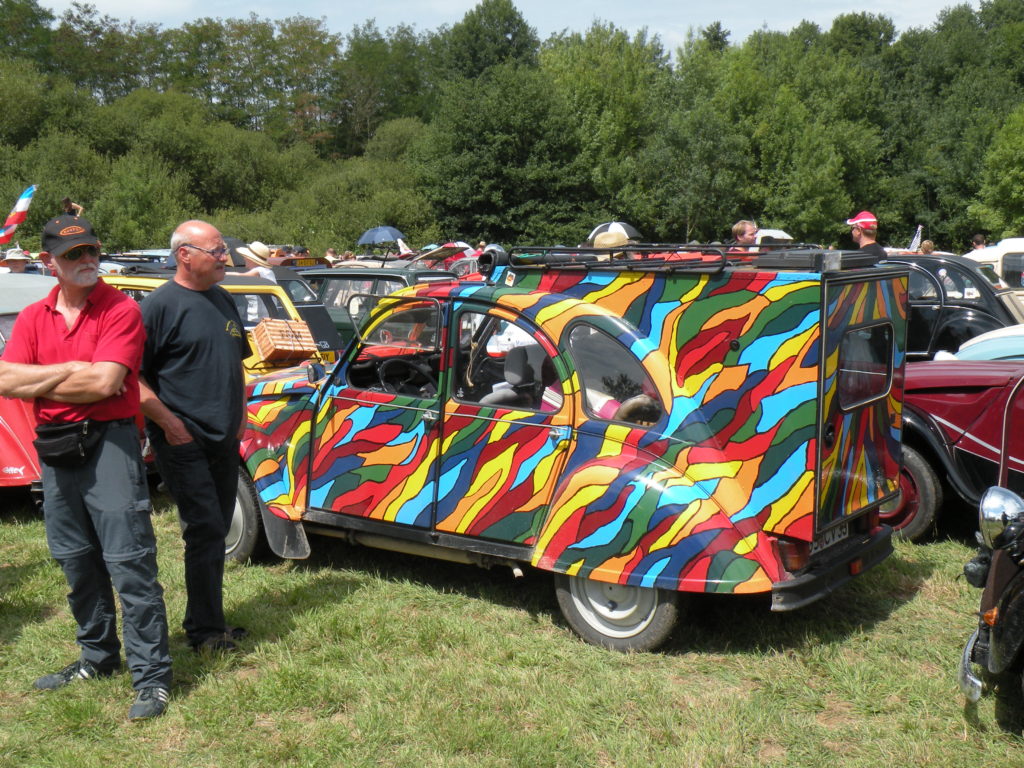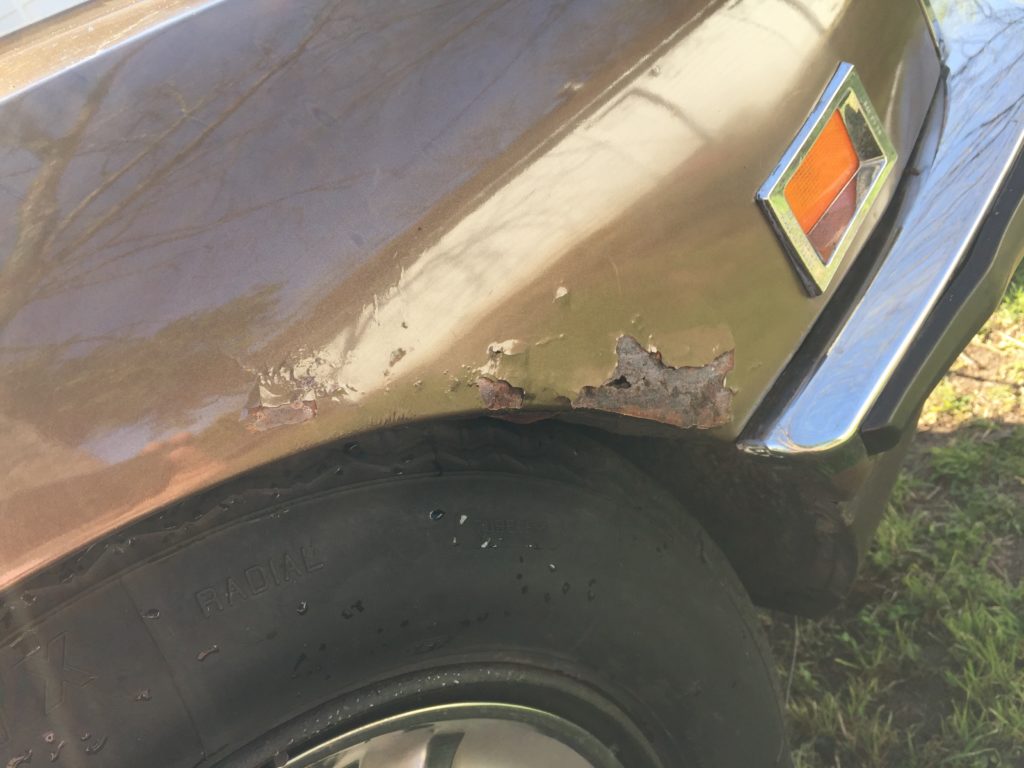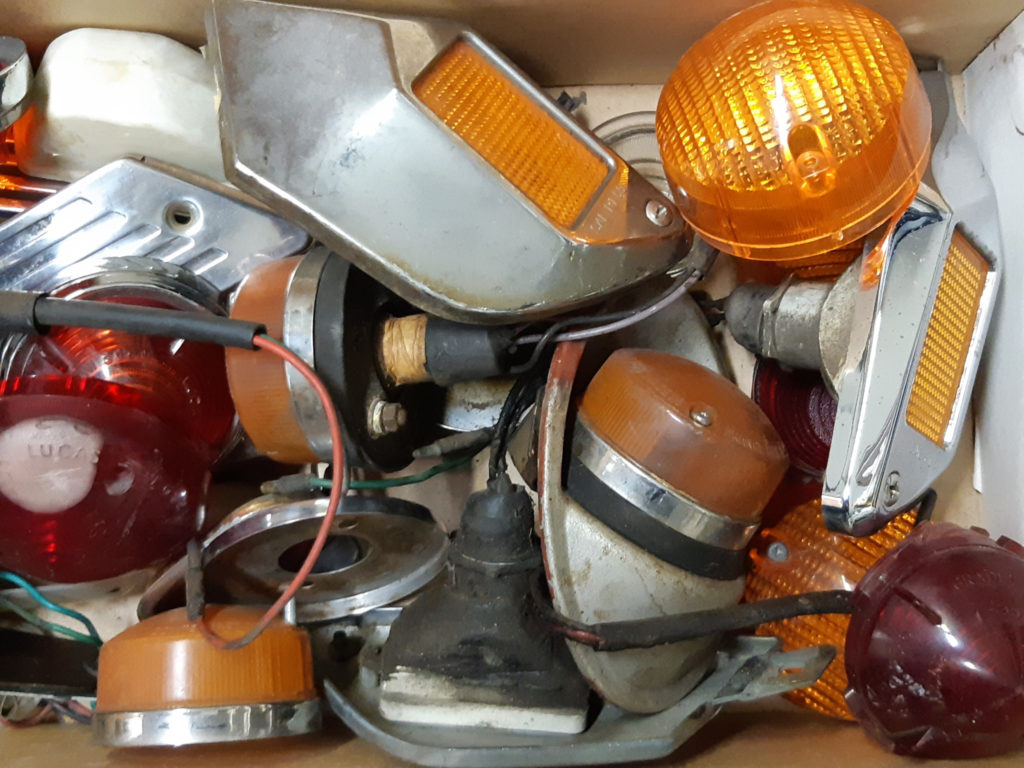Classic Citroën cars are gorgeous but, after a while, they may need some work to look their best. Different Citroën models have their own specificities but there are some general things you should know before you start refurbishing your old Citroën car. That’s exactly what this guide is here for; to help you determine what you will need to do when refurbishing one of these beauties on your own.
What Type of Restoration Are You Going to Do?
Refurbishing and restoration are broad words representative of a few different methods. This includes;
- Driver Restorations
- Street Shows
- Show Cars
- Concours
Let’s start with driver restorations. This is when you take care of the major problems of the car’s appearance and make sure it’s road-ready. These cars usually aren’t scored since this isn’t a type of restoration that’s made for auto shows.
Next up are street show restorations. When scoring these cars with the 100 point system, they fall in around the 80 to 89 point range. This type of refurbishment is meant to be fully functional as well as taking care of major body work.
A step above that is show cars. These are usually professional-level restorations falling in the 90 to 95 point range.
Finally, at the highest level are concours. These are also professional-level restorations including everything from cosmetic to technical problems. Yet, these are not cars that are meant to be driven. Instead, they are restricted to auto shows or personal collections by car enthusiasts.
Deciding which type of refurbishment you want to commit to with your Citroën is the first step of preparing for your refurbishing project.
What Parts Do You Need?
One of the first things you’ll want to do is to look around and see what parts of the car need to be replaced. Writing these down and researching them will give you an idea as to what some of the most expensive components of your restoration will be. It will also help you to keep track of what you need so you aren’t going back and purchasing pieces every time you reach a new stage of your restoration.
Even if your classic car looks in relatively good condition from the outside, a fresh coat of paint isn’t likely to be all it needs. Be sure to check the car thoroughly before you get started.
One part that will most likely need to be serviced on a more regular basis is the battery. In general, battery capacity is heavily dependent on the Citroën model itself, so this can usually go both ways:
- Either the battery going completely dead (not so likely), or
- Charging the dead battery with a conditional charger to bring it back to a decent working state (a more likely outcome).
So, if you are working on a classic Citroënmodel, it’s highly likely that you’ll need to service the battery depending on its state. You’ll also want to check electrical wires for degradation, but keep in mind that some Citroën batteries – especially
If you look for or have a Citroën model that still starts and basically runs, you’ll have a much easier time with replacement parts than if you have to start from scratch.
What Kind of Look Do You Want to Achieve?
There are two main ways you can approach a refurbishment. First, you can make your Citroën looks just as it did the day it drove off the lot. Alternatively, you can design the car to match your personality and create the appearance of your dreams for that model.

If you are refurbishing a car for resale, you’ll fetch a higher price if you stick to a classic design. On the other hand, if you are refurbishing your Citroën for your own purposes, you can be a little more creative.
Handling and Removing Rust
If there’s one major sign that an older car needs to be touched up, its signs of rust. Luckily, this doesn’t have to be a permanent problem. Before you get started, it’s a good idea to keep your car out of the sun and away from the elements while you do this job. The job itself can take as little as 30 minutes or as long as several hours depending on how bad the damage is.
There does come a point when rust removal has to switch over into replacing car parts. Generally, when rust has eaten away at parts, leaving holes in it, it’s more feasible to replace parts than repair them.

Touching Up the Paint Job On Your Car
Over the years, one of the most visible things that may need to be touched up on one of these vehicles is the paint job. If you are taking this job on, there are a few things that you’ll need to know.
The first suggestion from most professionals is to make sure you take care of any dents or dings in your car before bringing paint anywhere near it. This way, you don’t have to worry about the paint job looking odd or being uneven when you fix these details.
Citroën professionals recommend only taking it on if you have the right equipment and space. This is because it requires some more complicated steps than a touch-up. For instance, you’ll need to strip the original
If you only need to do a few touch-ups, the process is much simpler. You’ll still want to follow the same steps, but the process won’t be as arduous as completing a full job.
To rub down your car, you’ll need the right sander. The sandpaper itself needs to be fine but there are tools that can make your life easier. You can check out your best options for belt sanders at http://www.thetoolsy.com/best-belt-sanders-reviews/.
Polishing Glass
One of the most obvious things on old cars aside from the paint job is
Cloudy Lenses
Unfortunately, the way tail lenses and side markers are designed on most Citroens makes them borderline impossible to polish. In this case, finding decent shape replacement lenses or NOS parts is pretty much the only reasonable way to deal with this problem.

Spray Silicone on Door Seals – Not a Good Idea
You might notice that when you open and close doors that they bind or squeak. A common default on many cars is a silicone seal that wears over time. With that being said, spraying silicone on Citroën door seals is a big NO.
Specifically, spraying silicone on the Traction Avant and 2CV models will cause the rubber to warp and relax. On the DS and SM Citroen models, the silicone will affect the glass contact and cause even greater problems (like marks on the glass which can eventually lead to greater wind noise). This happens because both the DS and SM models have pillar-less window frames.
Refurbishing your own Citroën car will be a big job. However, you don’t have to go into it blind. While the exact steps for restoration of Citroën cars differs from model to model, with this guide, you’ll be able to get your project started.


If not silicone for the door seals, what’s the better alternative?
For door seals and also windshield wiper blades, just clean them with soapy water without exerting much pressure on the rubber edges. On the door seals, once dry, brush a light dusting of talcum powder. Be sure to use talcum powder and not the corn starch formula talcs widely available on the market now. Just look on the packaging. If the door seals are old and dry, wiping a bit of vegetable oil on them may help in softening them up, but most likely they should be replaced.
Belt sanders for amateur paint touch up? Might as well just use your sandblaster to clean the windows! And taking all the original paint down to metal before a repaint? I’ve only done a few cars, but I’d suggest as step one, to buy a couple of books on basic bodywork, and add in a few YouTube videos. And plan on spending more than ‘a few hours’ on anything that involves more than a little brush and touch up lacquer.
That said, it is certainly possible for almost anyone to halt the ravages of time and salt and produce reasonably smooth and shiny paint. But leave the belt sander in the wood shop.